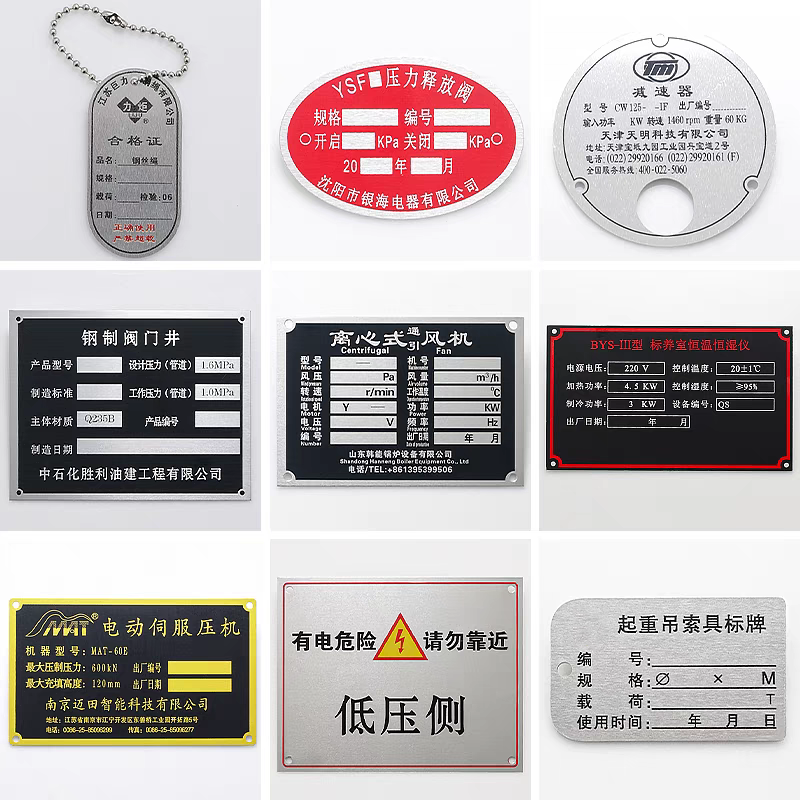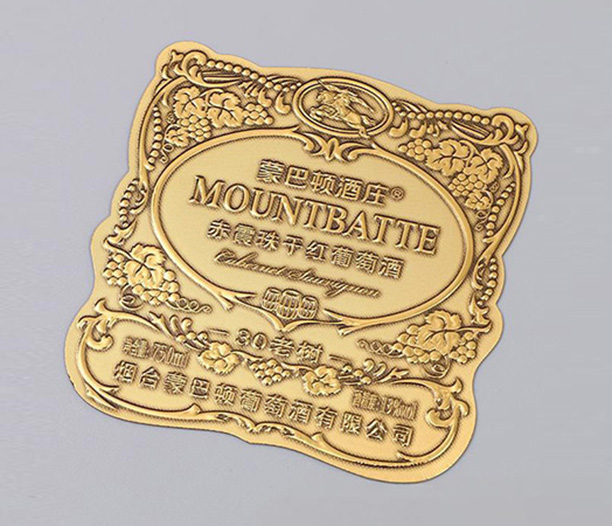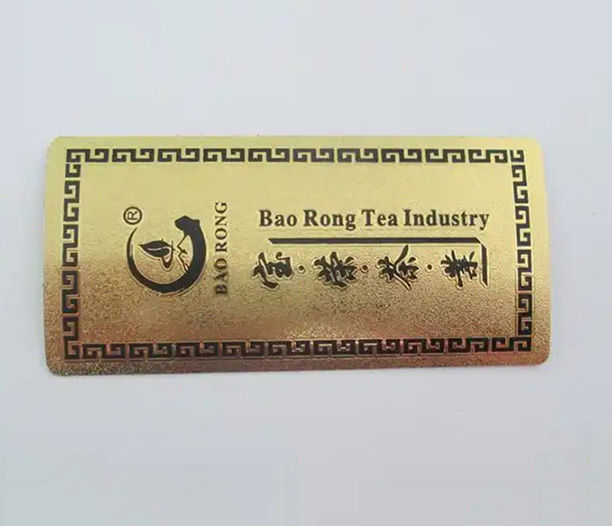Navigating the world of hazardous chemicals is impossible without clear, compliant, and informative labeling. Whether you're in a research laboratory, an industrial plant, or involved in transportation, understanding chemical labels examples is fundamental to safety and regulatory compliance. A label is the first line of defense against accidents, providing immediate visual cues about the dangers within a container. This article will explore seven common chemical labels examples, breaking down their components and explaining the critical role they play in daily operations. By the end, you will be able to interpret these labels accurately and apply best practices in your own workplace.

Why Chemical Labeling is Non-Negotiable for Safety
Before diving into specific chemical labels examples, it's crucial to understand their purpose. A chemical label is not just a sticker; it's a legal document and a lifesaving tool. Its primary functions are to:
Identify Hazards: Quickly communicate physical, health, and environmental risks.
Prevent Accidents: Reduce the likelihood of spills, exposures, fires, and reactions.
Ensure Compliance: Meet the requirements of global and national regulations like OSHA's Hazard Communication Standard (HCS) or the Globally Harmonized System (GHS).
Guide Emergency Response: Provide essential information for first responders in case of an incident.
Ignoring proper labeling can lead to severe injuries, hefty fines, and significant liability. The following chemical labels examples illustrate how this information is standardized and presented.
The GHS Standard: A Universal Language for Hazard Communication
Most modern chemical labels examples are based on the Globally Harmonized System (GHS). This system standardizes hazard classification and communication across international borders. A GHS-compliant label has six core elements that you will see in the examples below:
Product Identifier: The name or code that identifies the chemical.
Signal Word: Either "Danger" for severe hazards or "Warning" for less severe hazards.
Hazard Pictograms: Black symbols inside a red diamond on a white background.
Hazard Statements: Standardized phrases describing the nature of the hazard.
Precautionary Statements: Measures to minimize or prevent adverse effects.
Supplier Information: Name, address, and telephone number of the manufacturer or supplier.
7 Common Chemical Labels Examples Explained
Here are seven detailed chemical labels examples you are likely to encounter.
Example 1: Flammable Liquid (e.g., Acetone)
This is one of the most common chemical labels examples in laboratories and workshops.
Pictogram: Flame
Signal Word: Danger
Hazard Statements: H225: Highly flammable liquid and vapor.
Precautionary Statements: P210: Keep away from heat/sparks/open flames/hot surfaces. — No smoking. P233: Keep container tightly closed. P240: Ground/bond container and receiving equipment.
Visual Cues: The red "Flame" pictogram is the immediate attention-grabber. The word "Danger" signifies a high-risk level.
Example 2: Corrosive Substance (e.g., Sodium Hydroxide Solution)
These chemical labels examples warn of materials that can destroy living tissue and damage equipment.
Pictogram: Corrosion
Signal Word: Danger
Hazard Statements: H314: Causes severe skin burns and eye damage.
Precautionary Statements: P280: Wear protective gloves/protective clothing/eye protection/face protection. P310: Immediately call a POISON CENTER or doctor/physician.
Visual Cues: The pictogram showing a hand and surface being corroded by droplets is unmistakable.
Example 3: Acute Toxin (e.g., Sodium Cyanide)
These labels indicate chemicals with severe, often fatal, toxicity from short-term exposure.
Pictogram: Skull and Crossbones
Signal Word: Danger
Hazard Statements: H300: Fatal if swallowed.
Precautionary Statements: P264: Wash hands thoroughly after handling. P270: Do not eat, drink or smoke when using this product. P301+P310: IF SWALLOWED: Immediately call a POISON CENTER or doctor/physician.
Visual Cues: The skull and crossbones universally signal poison and extreme danger.
Example 4: Oxidizing Agent (e.g., Potassium Permanganate)
This category of chemical labels examples is critical for fire prevention, as these substances can cause or intensify a fire.
Pictogram: Flame over a circle
Signal Word: Danger
Hazard Statements: H272: May intensify fire; oxidizer.
Precautionary Statements: P220: Keep/Store away from clothing/combustible materials. P221: Take any precaution to avoid mixing with combustibles.
Visual Cues: The "flame over a circle" pictogram is specific to oxidizers and is a key warning to store them away from fuels and flammables.
Example 5: Compressed Gas (e.g., Nitrogen Cylinder)
These chemical labels examples are found on gas cylinders and present unique physical hazards.
Pictogram: Gas cylinder
Signal Word: Warning
Hazard Statements: H280: Contains gas under pressure; may explode if heated.
Precautionary Statements: P410: Protect from sunlight. P402: Store in a well-ventilated place.
Visual Cues: The gas cylinder pictogram clearly identifies the container's contents and the primary physical hazard.
Example 6: Health Hazard (e.g., Benzene)
This label covers a range of long-term health effects, such as carcinogenicity or respiratory sensitization.
Pictogram: Exclamation mark (for less severe hazards) or Health Hazard (a stylized white star-burst on a human torso).
Signal Word: Warning or Danger
Hazard Statements: H351: Suspected of causing cancer.
Precautionary Statements: P201: Obtain special instructions before use. P308+P313: IF exposed or concerned: Get medical advice/attention.
Visual Cues: The "Health Hazard" pictogram is broad, so reading the hazard statement is essential for understanding the specific risk.
Example 7: Environmental Hazard (e.g., Pesticides)
These chemical labels examples warn of chemicals toxic to aquatic life.
Pictogram: Dead tree and fish
Signal Word: Warning
Hazard Statements: H410: Very toxic to aquatic life with long-lasting effects.
Precautionary Statements: P273: Avoid release to the environment. P501: Dispose of contents/container in accordance with local regulations.
Visual Cues: The dead tree and fish symbol is intuitive and emphasizes the need for careful disposal to protect ecosystems.

How to Choose the Right Label for Your Needs
Selecting the correct label goes beyond just picking a pictogram. Consider these factors:
Chemical Hazard Classification: Accurately classify your chemical according to GHS criteria. This is the most critical step.
Durability: Labels must be resistant to the chemical itself, as well as moisture, abrasion, and UV light to remain legible.
Container Size: Use simplified labels on small containers where the full GHS information won't fit, but ensure critical hazard information is still present.
Regulatory Requirements: Ensure your labels meet all local and international regulations for your industry and the chemical's lifecycle (storage, transport, use).
Best Practices for Applying and Maintaining Chemical Labels
Placement: Apply labels on the shoulder or body of the container, clearly visible and not obscured.
Legibility: Never handwrite over critical information. Use pre-printed or professionally printed labels.
Inspection: Regularly inspect labels for damage or fading and replace them immediately.
Secondary Containers: Any chemical transferred from its original container must have a compliant label. Do not use unlabeled containers.
Frequently Asked Questions (FAQs)
Q1: Are there any exceptions to the requirement for GHS-compliant chemical labels?
A1: Yes, there are limited exceptions. Consumer chemicals (like household cleaners sold in retail) are regulated differently. Chemicals in small, immediate-use containers that will be used by the person who transferred them within one work shift may not require a full label, but basic hazard identification is still strongly recommended for safety. Always check your local regulations for specific exemptions.
Q2: How often do chemical label standards change, and how can I stay updated?
A2: The GHS is revised approximately every two years. National regulations like OSHA's HCS may adopt these updates on a different timeline. The best way to stay updated is to subscribe to newsletters from regulatory bodies like OSHA, ECHA (in Europe), or use a reliable chemical management service that tracks these changes for you.
Q3: What is the most common mistake people make when creating or using chemical labels?
A3: One of the most common and dangerous mistakes is inconsistency between the Safety Data Sheet (SDS) and the label. The hazard classification, pictograms, and statements must be identical on both documents. Another frequent error is using damaged, faded, or improperly adhered labels that can fall off or become unreadable.
Q4: Can I create my own chemical labels in-house, or should I purchase pre-printed ones?
A5: For a limited number of common chemicals, pre-printed labels can be efficient. However, for a diverse inventory or custom mixtures, in-house printing with specialized label-making software and durable printers is more practical and ensures accuracy for each specific substance. The choice depends on the volume and variety of chemicals you handle.
Q5: Beyond the basic GHS elements, what additional information is helpful to include on a chemical label?
A5: While the GHS elements are mandatory, many workplaces add helpful supplementary information. This can include the date of receipt, date opened, storage location code, specific personal protective equipment (PPE) required, or the name of the person responsible for the container. This extra data enhances safety and inventory management without cluttering the essential hazard information.






